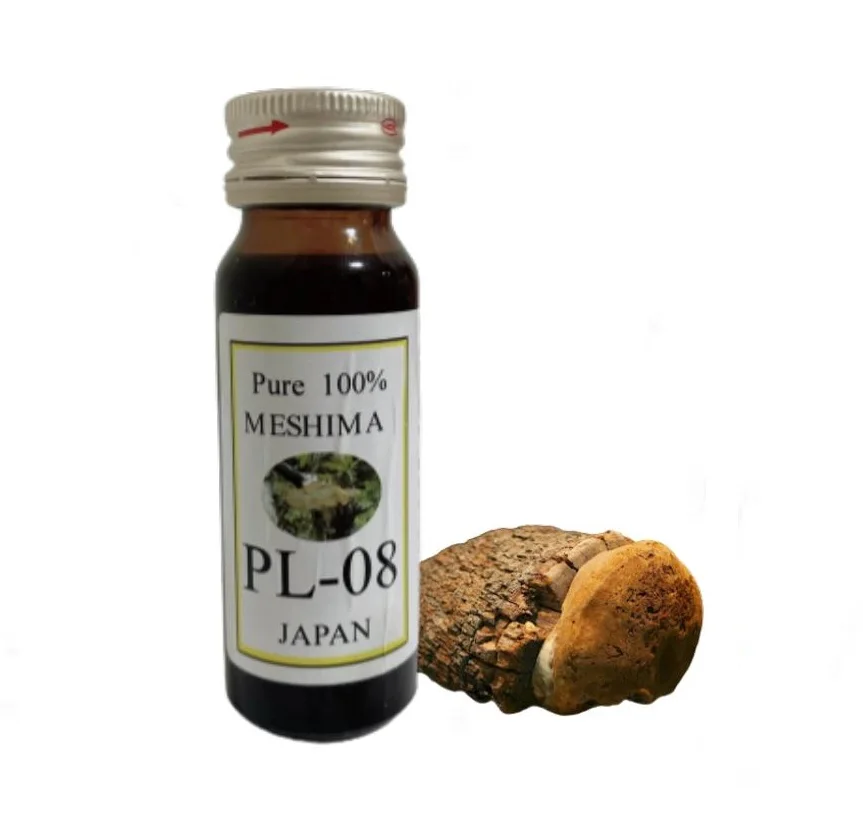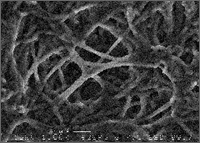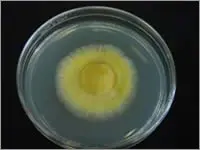Main Markets | Total Revenue(%) | Main Product(s) | Verified |
|---|
Eastern Asia | 20.00% |
Verified |
|---|




Brand: |
none |
Address: |
China |
Min.Order: |
none |
Supply: |
none |
Valid until: |
Long Term |


Product Name | PL-08 (Phellinus Linteus) |
Brand Name | Natural Life Care |
Place of Origin | Japan |







Customer Reviews total 0 items